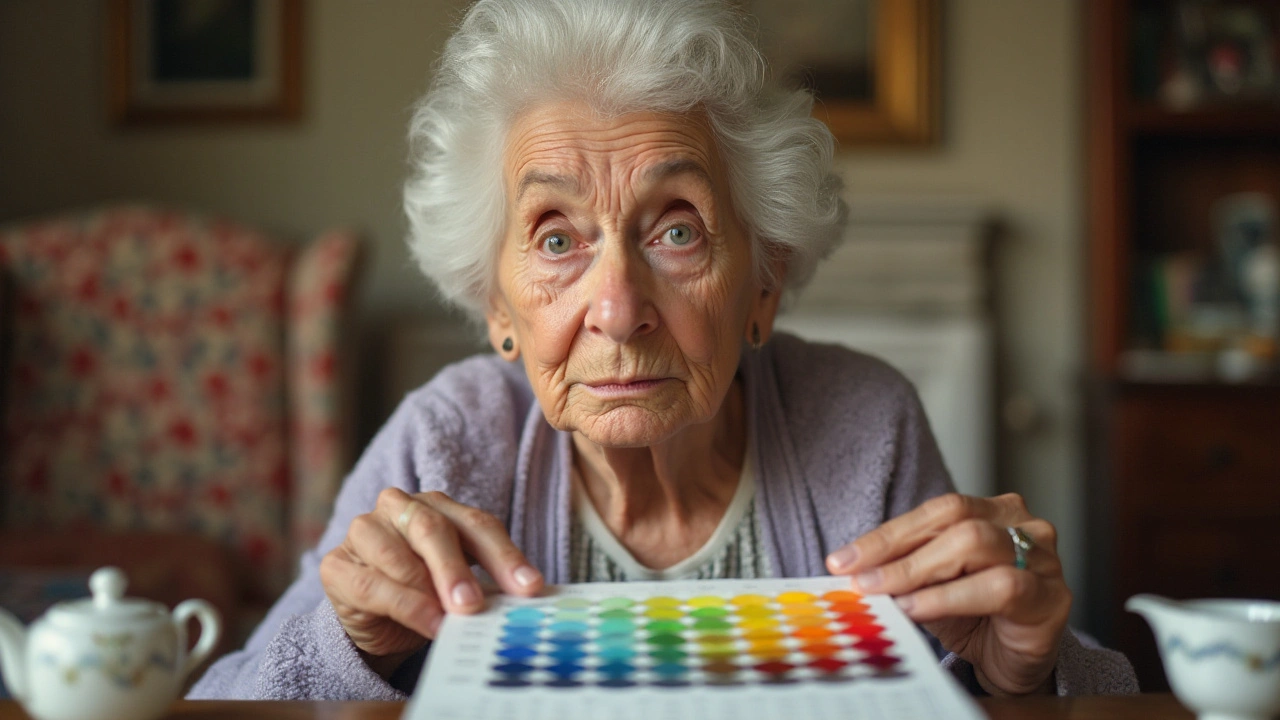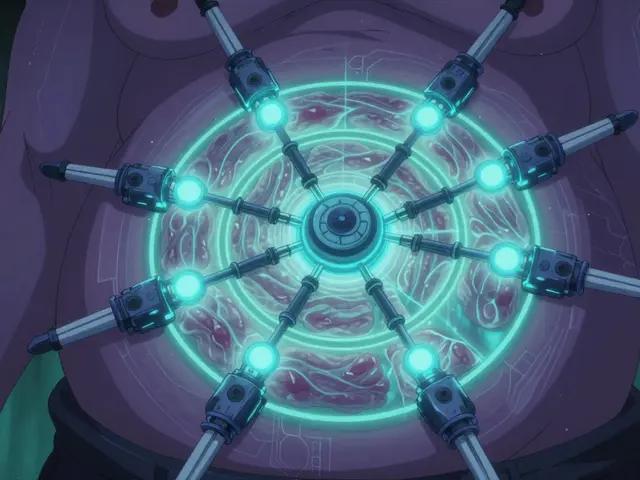Contrast sensitivity — what it is and how it affects your sight
You can read an eye chart perfectly and still struggle to see low-contrast objects like foggy faces or gray print on a white page.
Contrast sensitivity measures your ability to detect differences between light and dark, not just sharpness of letters.
It matters for night driving, reading in dim rooms, spotting curbs, and recognizing faces.
Think of visual acuity as seeing fine detail, and contrast sensitivity as seeing subtle tones.
How is it tested?
Eye clinics use charts like the Pelli‑Robson or device tests that show letters or patterns with decreasing contrast.
Tests map your contrast sensitivity across different spatial frequencies, which helps doctors pinpoint specific problems.
What causes poor contrast sensitivity?
Common causes include cataracts, which scatter light; glaucoma and macular degeneration, which damage retinal cells; diabetic retinopathy; uncorrected refractive errors; dry eye; and some medications.
Aging alone can lower contrast sensitivity even when standard acuity stays normal.
Signs you might notice
Trouble seeing people in low light, difficulty reading faint print, needing brighter light to read, poor night driving, and being sensitive to glare are common clues.
If you find yourself squinting more at dusk or avoiding evening drives, contrast loss could be the reason.
Quick home checks
Try reading light gray text on your phone or a newspaper column under a single lamp. If the letters blur into the background, contrast sensitivity might be reduced.
Compare vision with and without sunglasses and with different screen brightness settings to see how contrast and glare affect you.
What helps right away
Improve lighting: brighter, evenly distributed light helps the eye detect contrast.
Reduce glare with matte screens, anti‑glare sleeves, or polarized sunglasses.
Increase text contrast on devices and use high‑contrast fonts and backgrounds.
Wear anti‑reflective coatings on glasses to boost perceived contrast.
Medical options and treatment
If cataracts are the cause, surgery often restores contrast quickly.
Managing diabetes, treating dry eye, and getting the right prescription for glasses or contact lenses can also help.
For conditions like macular degeneration or glaucoma, treatment aims to slow damage and preserve remaining contrast ability.
Practical tips for daily life
Choose high‑contrast clothing and household labels, use stick‑on labels with bold black text on white, and prefer matte finishes on countertops and work surfaces.
Install brighter bulbs where you read and use task lighting for hobbies.
Explore contrast‑enhancing apps or settings on phones and e‑readers.
When to see an eye doctor
Get tested if your ability to see in low light or detect subtle tones changes, if night driving becomes risky, or if symptoms come on suddenly.
A simple contrast sensitivity test with your eye exam gives useful guidance and can change how your optometrist treats the problem.
Small changes often make a big difference. Ask your eye care provider for a contrast sensitivity test and practical fixes you can start using today.
Don’t wait until vision becomes dangerous; schedule an eye exam, note how lighting affects your daily tasks, and ask about contrast training or low vision services if tests show a deficit soon.


